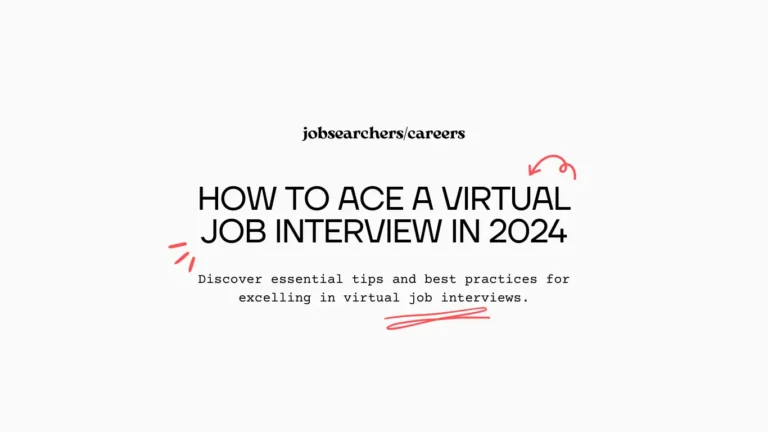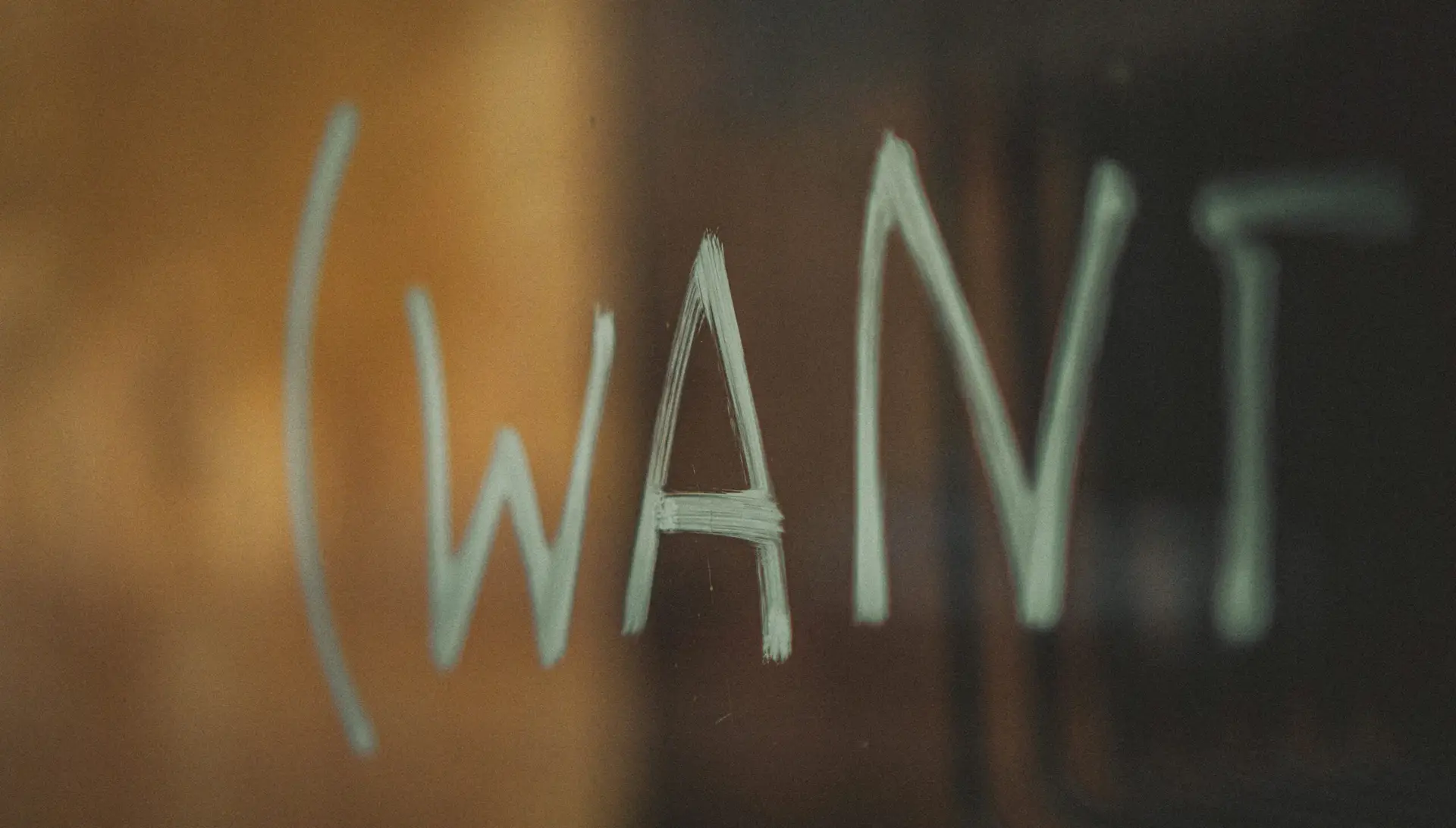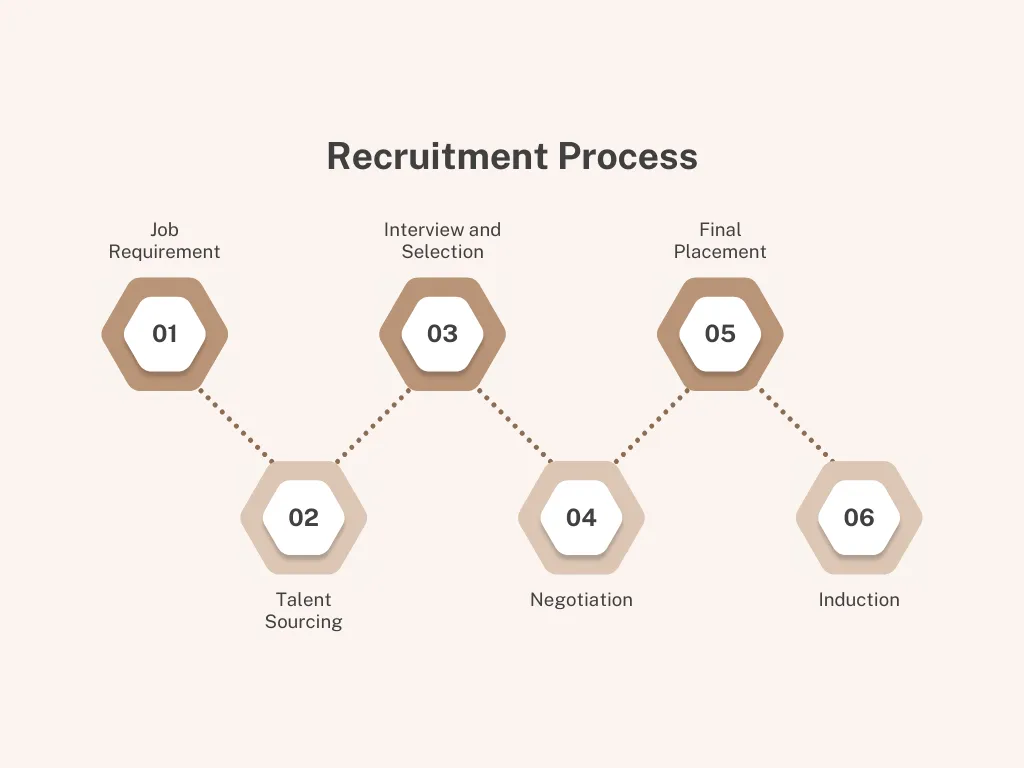Table of Contents
Introduction to How to a Ace Virtual Job Interview
The landscape of job interviews has experienced a significant transformation in recent years, largely driven by technological advancements and a global shift towards remote work. Virtual job interviews have become increasingly prevalent, offering convenience and flexibility for both employers and candidates. This modern approach to interviewing not only facilitates the hiring process but also enables companies to access a wider talent pool, unrestricted by geographical boundaries.
For job seekers, mastering the art of virtual interviews is now a critical skill. Being proficient in virtual interviews can significantly enhance your chances of securing a desired position, as it demonstrates adaptability and technical competence—traits highly valued in today’s job market. Moreover, a well-conducted virtual interview can leave a lasting impression, showcasing your professionalism and preparedness.
This blog post aims to equip you with practical tips and best practices for excelling in virtual job interviews. We will delve into essential aspects such as preparing your environment, optimizing your technology, and honing your communication skills. Additionally, we will explore strategies to effectively present yourself and manage any technical issues that may arise. By the end of this post, you will be better prepared to navigate the nuances of virtual interviews and present yourself as a strong candidate in the digital world.
Preparation is Key: Research and Planning
Thorough preparation is paramount when it comes to acing a virtual job interview. Just as with in-person interviews, understanding the company, its culture, and the role you are applying for can significantly impact your performance. Begin by delving into the company’s history, mission, and values. This research will not only help you tailor your responses but also demonstrate your genuine interest in the organization.
Familiarizing yourself with the job description is equally important. Review the key responsibilities and required qualifications to align your skills and experiences with the role’s demands. This alignment will aid in crafting compelling answers that highlight your suitability for the position. Additionally, exploring the company’s recent projects, achievements, and news can provide you with relevant talking points during the interview.
Planning the logistics of your virtual interview is another critical aspect of preparation. Choose a quiet, well-lit location where you can focus without interruptions. Ensuring a reliable internet connection is essential to avoid technical glitches that could disrupt the flow of the interview. Testing your video conferencing software ahead of time will familiarize you with its features and allow you to address any potential issues before the actual interview.
Moreover, consider the background that will be visible during your interview. A clean, uncluttered space will present a professional image, whereas a distracting or messy background can detract from the impression you aim to make. Dress appropriately, as you would for an in-person interview, to convey professionalism and seriousness.
In summary, thorough research and meticulous planning are indispensable for performing well in virtual job interviews. By understanding the company, aligning your qualifications with the job description, and ensuring a seamless technical setup, you can approach your virtual interview with confidence and poise, increasing your chances of success.
Setting Up Your Interview Space
Creating a professional and distraction-free environment is crucial for acing a virtual job interview. Begin by selecting a quiet location in your home where interruptions are minimal. This space should be well-lit, with natural light being the best option. Position yourself facing the window to utilize daylight, which provides a clear, flattering light source. If natural light isn’t available, use a ring light or a soft white lamp to achieve even illumination without harsh shadows.
Your background should be clean and uncluttered, reflecting a professional demeanor. Opt for a neutral backdrop, such as a plain wall or a tidy bookshelf. Avoid distracting elements like busy wallpapers, posters, or personal items that could divert the interviewer’s attention away from you. If necessary, you can use a virtual background, but ensure it appears professional and doesn’t detract from the interview.
Ensure your camera is positioned at eye level to create a natural and engaging line of sight. Stacking books or using a tripod can help you achieve the correct height. Avoid low or high angles that can be unflattering or create a sense of disconnect. Practice looking directly into the camera when speaking, as this simulates eye contact and fosters a connection with the interviewer.
Minimizing interruptions is paramount. Inform family members or roommates of your interview schedule and request they keep noise to a minimum. For added assurance, place a “Do Not Disturb” sign on your door. Pets should be kept in another room, and potential noise sources, such as televisions or radios, should be turned off. Using noise-canceling headphones can also help you stay focused and maintain audio quality.
Finally, ensure that your interview space is clean and organized. A tidy environment reflects your attention to detail and professionalism. Position your computer on a stable surface, have a glass of water nearby, and keep any necessary documents within reach. These steps not only present you in the best light but also contribute to a calm and confident demeanor during your virtual job interview.
Dressing the Part: Virtual Interview Attire
In the context of virtual job interviews, dressing professionally remains a critical component of making a positive impression. Even though the interview is conducted from the comfort of one’s home, the attire you choose can significantly impact the perception of your potential employer. Dressing appropriately for a virtual interview demonstrates respect for the opportunity and indicates that you take the process seriously.
When selecting your virtual interview attire, it is essential to consider the company’s culture. Research the organization to understand its dress code—whether it leans toward business formal, business casual, or a more relaxed style. Aligning your outfit with the company’s culture can show that you are a good fit and that you have done your homework. For instance, if the company adheres to a traditional business formal dress code, opt for a suit or a professional dress. Conversely, if the company is known for a more casual environment, business casual attire might be more appropriate.
Beyond aligning with the company’s culture, dressing up for a virtual interview can have psychological benefits that enhance your performance. Wearing professional attire can boost your confidence and put you in the right frame of mind. Studies have shown that dressing professionally can influence cognitive processes and improve focus and productivity. The act of dressing up can also create a sense of occasion, helping to differentiate the interview from everyday activities and emphasizing its importance.
In conclusion, dressing the part for a virtual job interview is a vital aspect of interview preparation. It not only reflects your professionalism and respect for the process but also positively influences your mental state, increasing your confidence and performance. By choosing attire that aligns with the company’s culture and dressing in a manner that boosts your confidence, you set the stage for a successful virtual interview.
Effective Communication: Body Language and Eye Contact
In a virtual job interview, effective communication extends beyond just verbal cues. It encompasses body language, eye contact, and expressive gestures, which collectively convey your enthusiasm and professionalism. One key aspect is maintaining good posture. Sitting upright, with your shoulders back, not only projects confidence but also helps you stay focused and engaged throughout the interview. Avoid slouching or leaning too close to the screen, as these can give off an impression of disinterest or discomfort.
Eye contact, albeit with a camera instead of a person, is equally crucial. It may feel unnatural, but looking directly into the camera simulates eye contact with the interviewer. This practice creates a sense of connection and attentiveness, making the conversation feel more personal and engaging. Avoid constantly glancing at your notes or the screen, as it can appear as though you are distracted or unprepared.
Another vital component is the use of expressive gestures. While excessive hand movements can be distracting, subtle and natural gestures can enhance your communication. They help underline your points and convey enthusiasm. For instance, a simple nod can show agreement, while an open palm can display honesty and openness. It’s important to strike a balance to ensure that your gestures complement rather than overshadow your verbal communication.
Speaking clearly and at a moderate pace is also essential. Virtual settings can sometimes lead to audio lag or miscommunication, so enunciating your words and avoiding rapid speech can help ensure that your message is understood without the need for repetition. Pausing briefly between thoughts allows the interviewer to absorb your points and gives you a moment to gather your next response thoughtfully.
In summary, mastering effective communication in a virtual job interview involves a combination of good posture, strategic eye contact, expressive yet controlled gestures, and clear speech. These elements work together to create a positive and professional image, increasing your chances of making a strong impression.
Handling Technical Issues with Grace
In the realm of virtual job interviews, technical issues can emerge unexpectedly, potentially disrupting the flow of the conversation. Preparing for such eventualities is crucial to ensure a smooth interview process. One effective strategy is to have a backup plan in place. This might include having an alternative device, such as a tablet or smartphone, readily available should the primary device fail. Additionally, providing the interviewer with a secondary contact method, such as a phone number, can facilitate continued communication if the video platform becomes unusable.
Remaining calm and composed in the face of technical difficulties is paramount. Demonstrating poise under pressure not only reflects well on your problem-solving abilities but also showcases your capacity to handle unforeseen challenges with professionalism. If an issue arises, take a moment to assess the situation calmly and inform the interviewer about the problem. Clear and concise communication is key; explain the nature of the issue and outline your intended steps to rectify it. This transparent approach reassures the interviewer of your commitment to the process and your ability to manage disruptions effectively.
Moreover, familiarizing yourself with the technical platform ahead of time can significantly reduce the likelihood of encountering issues. Conduct a trial run with a friend or family member to identify potential pitfalls and address them in advance. Ensure your internet connection is stable, your device is fully charged, and any necessary software updates are completed prior to the interview.
Lastly, during the interview, maintaining professionalism even amidst technical setbacks can leave a lasting positive impression. Express gratitude for the interviewer’s patience and understanding, and once the issue is resolved, seamlessly transition back into the discussion. By handling technical issues with grace, you demonstrate resilience, adaptability, and a proactive mindset—all qualities highly valued in any professional setting.
Showcasing Your Skills and Experience Virtually
Effectively presenting your qualifications, skills, and accomplishments in a virtual job interview requires a strategic approach. First, prepare specific examples that highlight your expertise and experience. Utilize storytelling techniques to make these examples memorable and relatable. For instance, instead of merely stating that you led a successful project, describe the challenges you faced, the innovative solutions you implemented, and the measurable outcomes achieved. This narrative approach not only engages the interviewer but also provides a clearer picture of your capabilities.
In addition to verbal communication, leverage digital tools to enhance your presentation. A well-organized digital portfolio can be a powerful asset. Include samples of your work, testimonials, and any relevant certifications. Ensure that your portfolio is easily accessible and tailored to the job you are applying for. During the interview, you can use screen sharing to walk the interviewer through your portfolio, providing a visual demonstration of your skills and achievements.
Another effective tool is the use of multimedia presentations. Create a concise slide deck that summarizes your key accomplishments, skills, and professional experiences. Use visuals, such as charts and images, to reinforce your points and make your presentation more engaging. Practice presenting this slide deck to ensure a smooth delivery during the actual interview.
Additionally, consider incorporating video clips or demonstrations if applicable. For instance, if you are in a creative field, a brief video showcasing your design process or a project outcome can be highly impactful. Ensure that any multimedia content is professionally produced and directly relevant to the position you are seeking.
By combining strong storytelling with the strategic use of digital tools, you can effectively showcase your skills and experience in a virtual job interview. This approach not only highlights your qualifications but also demonstrates your proficiency with digital communication tools, a valuable skill in today’s increasingly remote work environment.
Follow-Up: Post-Interview Etiquette
Following up after a virtual job interview is a crucial step that can set you apart from other candidates. A thoughtful thank-you email not only demonstrates your professionalism but also reiterates your interest in the position. It’s essential to send this email within 24 hours of the interview. This shows your promptness and keeps you fresh in the interviewer’s mind.
When crafting your thank-you email, make it personalized. Begin by expressing your gratitude for the opportunity to interview. Mention specific points discussed during the interview to show that you were engaged and attentive. For instance, if there was a particular project or challenge that excited you, bring it up again and explain why it resonates with you.
Reiterate your enthusiasm for the role and the company. This is your chance to reinforce why you believe you are a perfect fit for the position. Highlight how your skills and experiences align with the job requirements and the company’s values. This is also an opportunity to address any points that you may not have articulated well during the interview. Clarify or expand on these aspects to strengthen your case.
Additionally, reflect on your interview experience. Take some time to evaluate your performance objectively. Identify areas where you excelled and aspects that could use improvement. This self-assessment will not only help you grow but also prepare you better for future interviews. Consider seeking feedback from the interviewer if appropriate, as this can provide valuable insights.
In essence, a well-executed follow-up can leave a lasting positive impression. It highlights your professionalism, solidifies your interest, and allows for personal growth. By paying attention to these details, you can significantly enhance your chances of securing the job.
Follow us in our Whats App Channel for latest job opportunities.





